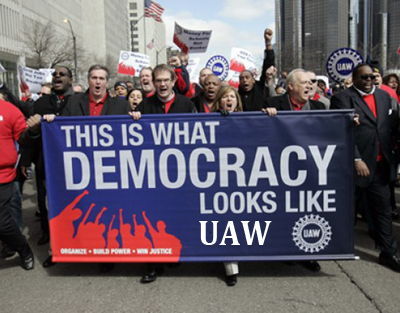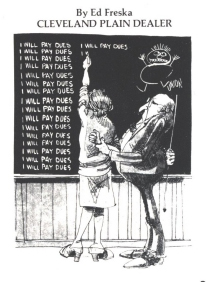UAW has a formula to help their members -- spend more on politics
The UAW has a formula to help their members -- spend more on politics. The current strategy will soon, according to the blog Truth About Cars, lead to another bailout -- this time solely for the union: It’s said that people do resemble their dogs. The UAW surely looks more and more like the GM of old. For years, the UAW has spent more than it took, forcing it to live off its savings. Once again, the UAW wants to change this – two years from now. Until then, it will happily go on making losses. Said Bob King to Reuters: “We are spending a lot of money, and we’re investing money in organizing. And we’re investing money in rebuilding the ability of the UAW to win good contracts and win good legislation for our membership.” King told Reuters that in two years, the UAW wants to be cash-flow positive by adding members and managing costs.







